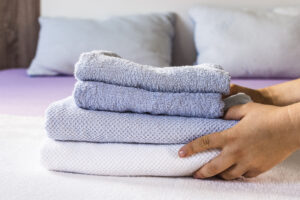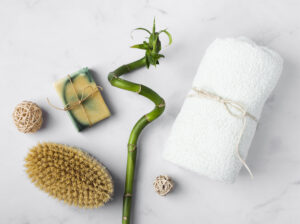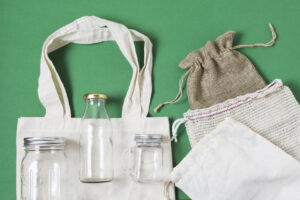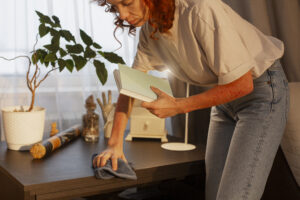Your sparkling kitchen hides invisible enemies. Every chicken prep or crumb left behind invites Salmonella or E. coli. It’s a battlefield, but you can win with the right tactics.
Disinfecting wipes1 offer quick high-touch surface cleaning when used correctly, but true kitchen safety requires a multi-layered defense against foodborne pathogens2. Combine wipes with thorough cleaning habits and targeted disinfection for lasting protection.
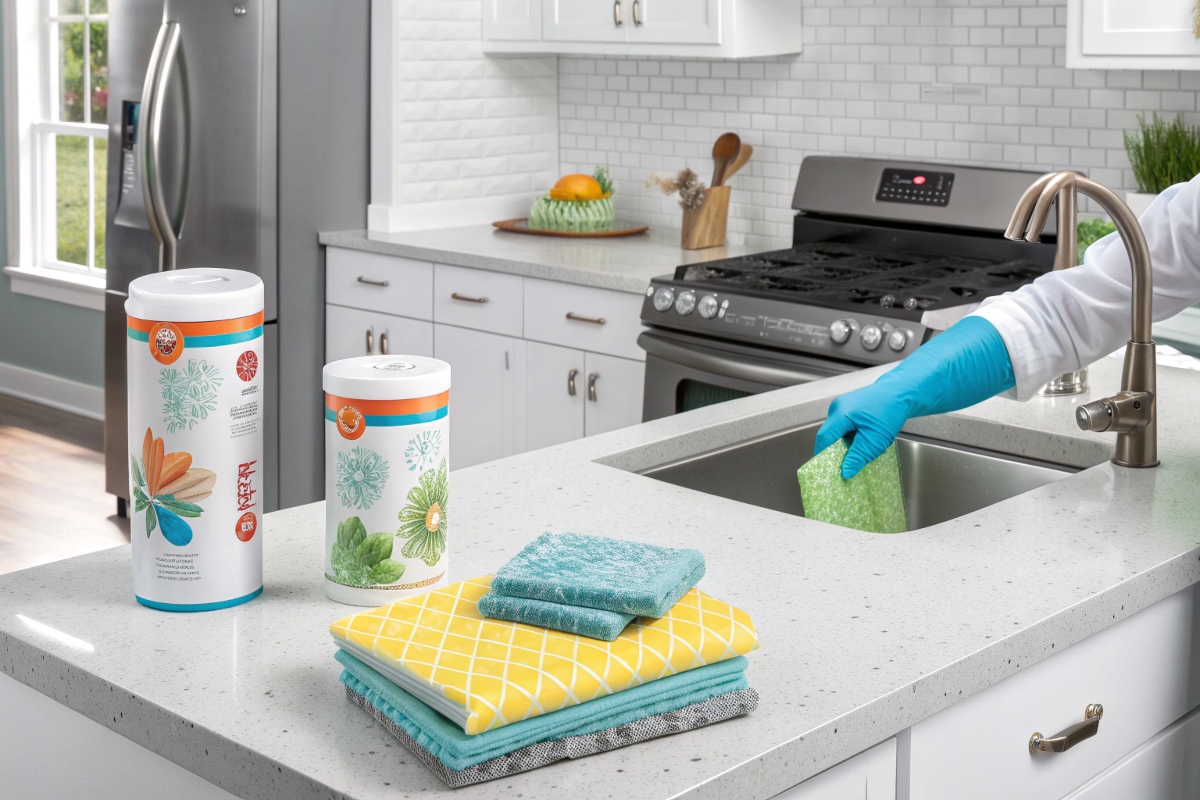
Wipes seem like an easy solution, but they’re just one weapon. Let’s explore how to maximize their effectiveness while building your complete germ-fighting system3.
Are Disinfecting Wipes Enough for True Kitchen Safety?
That wipe might betray you. Using it wrong leaves dangerous pathogens alive, creating false security. Unlock their real power through science-backed practices.
Disinfecting wipes kill germs only if surfaces stay wet for 3-10 minutes (per label instructions). They work best on clean, non-porous areas like countertops or handles, but fail on dirty surfaces, wood, or during food prep.
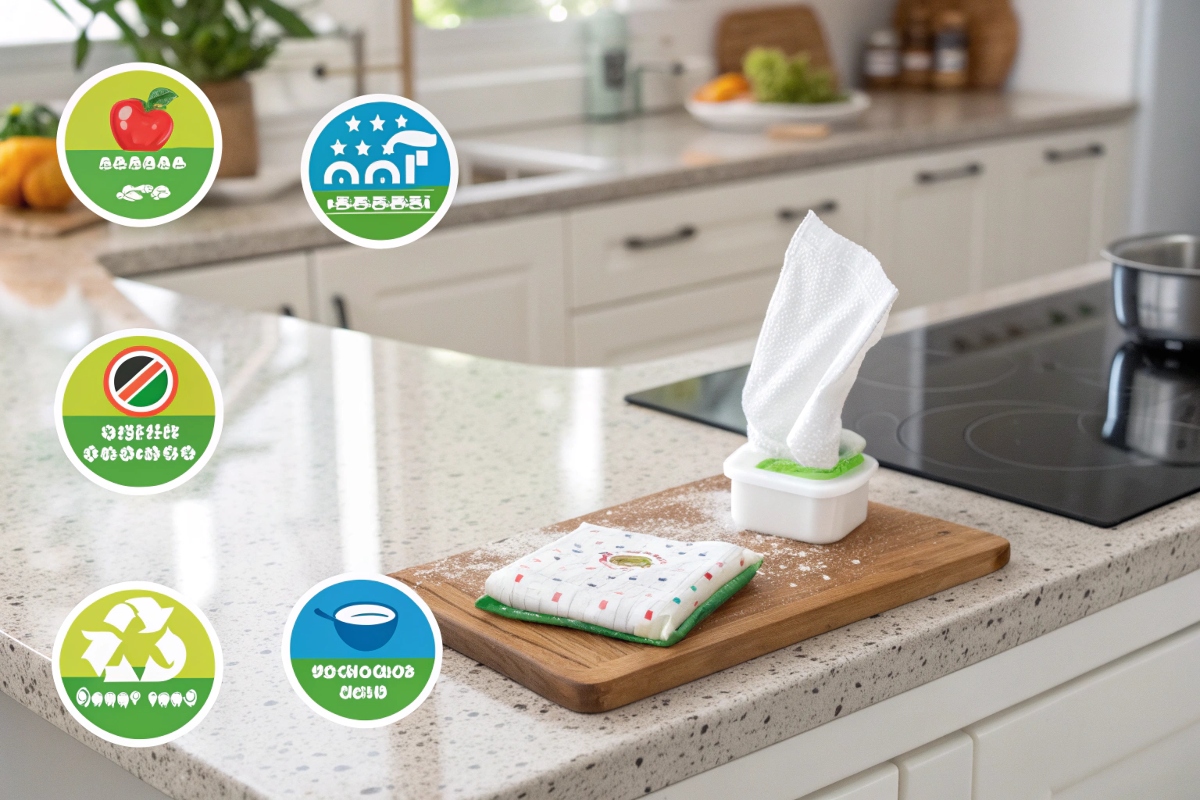
Beyond Quick Wipes: The Science of Effective Use
Disinfectants need precise conditions to work. Most users don’t realize that simply wiping spreads germs rather than killing them. Follow these protocols:
-
Active Ingredients Matter4
Different chemicals have distinct strengths:Ingredient Kill Time Best For Surface Risks Quats 3-10 min Countertops, appliances Damages natural stone Hydrogen Peroxide 5-10 min Cutting boards, sinks May bleach surfaces Bleach 1-5 min Sinks, trash areas Corrodes metal Alcohol 30 sec – 2 min Faucet handles Dries plastic -
Critical Usage Rules5
→ Always clean grease/dirt first with soapy water
→ Use multiple wipes to maintain wetness for full contact time
→ Never use on wood cutting boards or cloth surfaces
→ Store containers tightly sealed to prevent drying
→ Wash hands immediately after use
The CDC reports that 48 million Americans get foodborne illnesses yearly – often from kitchen surfaces that appear clean. Wipes alone can’t prevent this; they’re tactical tools, not strategic solutions.
How Do You Build a Complete Kitchen Germ Defense System?
Spot treatments fail against resilient pathogens. Germs multiply in sinks, sponges, and hidden corners. Create layered protection that outsmarts them.
Establish zone-specific protocols: sanitize high-touch surfaces daily, deep-clean sinks weekly, and disinfect after raw meat contact. Combine physical cleaning with disinfectants only when needed, prioritizing handwashing and cross-contamination barriers.

Your Room-by-Room Battle Plan
Microbes thrive where you least expect. Target these critical zones with scientific precision:
-
The Sink: Germ Headquarters
Scrub daily with soap, disinfect weekly with bleach solution (1 tbsp bleach per gallon of water). Always disinfect after raw meat contact – pathogens like Campylobacter survive here for days. -
Cutting Boards: Cross-Contamination Ground Zero
→ Plastic boards: Soak in hydrogen peroxide after washing
→ Wood boards: Salt-scrub monthly, never soak
→ Color-code boards: red for meats, green for produce -
Sponges & Cloths: Trojan Horses
Microwave wet sponges daily for 2 minutes or replace weekly. Use separate cloths for dishes and surfaces. Sanitize brushes in dishwasher weekly. -
High-Touch Surfaces
Disinfect these every 24 hours:
✓ Refrigerator handles
✓ Faucet levers
✓ Light switches
✓ Cabinet pulls
Handwashing remains your strongest shield. Wash for 20 seconds before/after handling food – studies show most people miss fingertips and thumbs. Combine this with proper [food storage temperatures](https://www.fda.gov/consumers/consumer-updates/are-you-storing-food-safely)6 to block germ growth.
What Advanced Tactics Elevate Your Hygiene Game?
Basic cleaning reaches its limits. When pathogens resist or sustainability matters, upgrade your arsenal with professional-level strategies.
Choose disinfectants over cleaners only when germ-kill is essential. Master diluted bleach solutions7 (the gold standard), leverage dishwasher sanitize cycles, and select eco-certified options that balance efficacy with environmental impact.
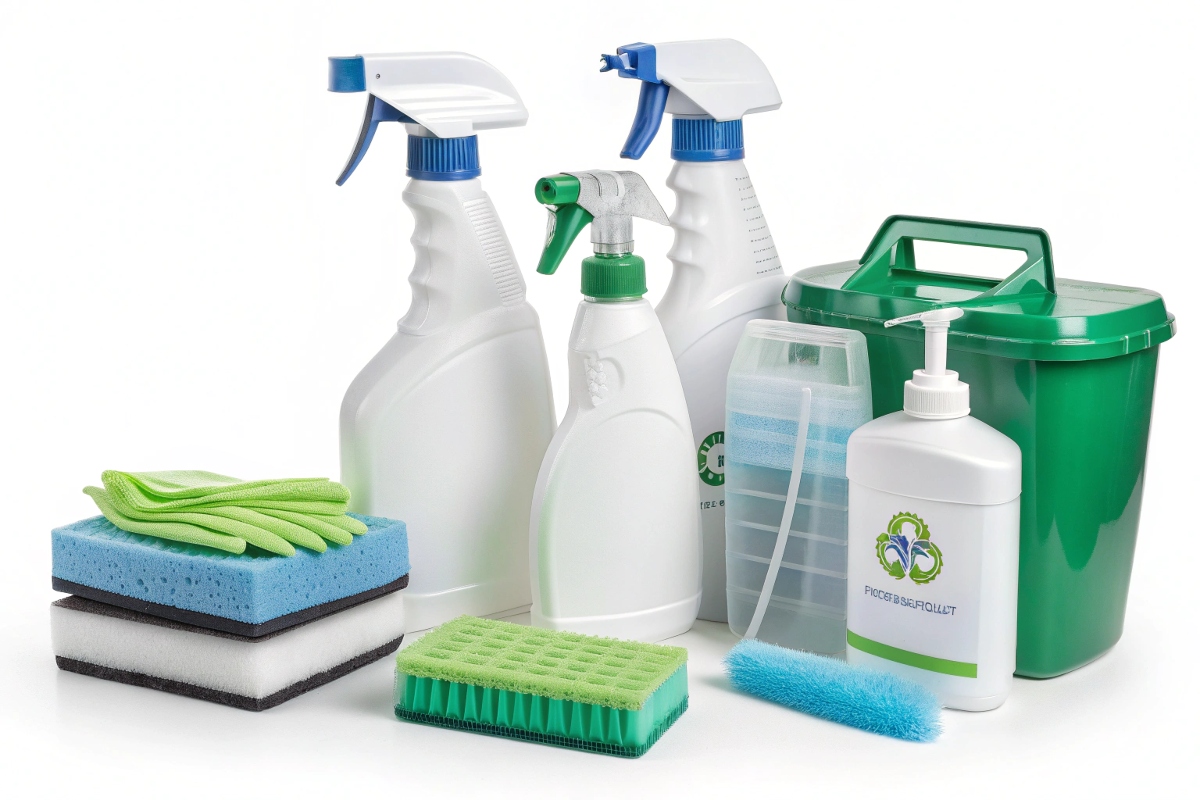
Science-Backed Solutions for Lasting Safety
Common mistakes undermine even rigorous routines. These proven methods close the gaps:
-
Chemical Selection Guide8
Understand what each solution truly accomplishes:Product Type Removes Dirt Kills Germs When to Use Soap & Water Yes No Daily surface cleaning Sanitizer Partial 99.9% Food contact surfaces Disinfectant No 99.999% After raw meat, illness Bleach Solution No 99.999%+ Sinks, trash bins -
Sustainable Yet Effective Swaps9
→ Use OEKO-TEX certified reusable microfiber (washed at 140°F with bleach)
→ Try hydrogen peroxide-based cleaners for less toxicity
→ Avoid "natural" vinegar solutions for disinfection – they don’t kill Salmonella -
Appliance Superpowers
Dishwasher sanitize cycles reach 150°F, killing 99.999% pathogens on dishwasher-safe items. Run empty monthly with citric acid to remove mineral buildup that harbors bacteria.
For remodelers: Install seamless countertops, antimicrobial drawer liners, and hands-free faucets. These design choices reduce germ habitats by up to 70% according to NSF International studies.
Can Simple Routines Create a Truly Germ-Resistant Kitchen?
Knowledge without action leaves you vulnerable. Transform insights into automatic habits with this actionable blueprint.
Implement daily wipe-downs of high-touch zones, weekly sink/appliance disinfection, and monthly deep cleans. Start with one habit – like disinfecting faucets after handling chicken – then systematically expand your defenses.
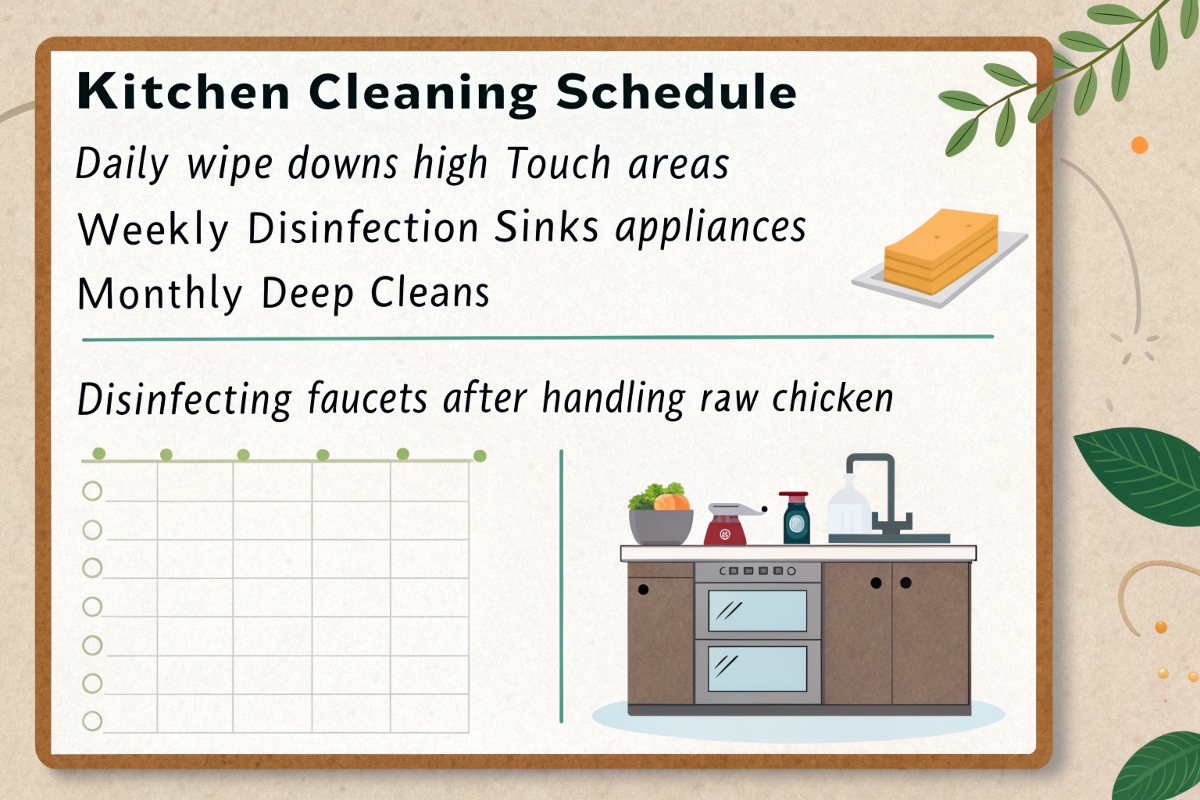
Your Customized Action Plan
Consistency beats intensity in germ warfare. Build routines around these pillars:
-
Daily Essentials (Under 5 minutes)
✓ Disinfect handles/switches
✓ Clean spills immediately
✓ Wash dishcloths in hot water
✓ Empty trash with contaminated waste -
Weekly Deep Clean (20 minutes)
- Scrub sink with baking soda
- Disinfect countertops
- Clean microwave interior
- Sanitize cutting boards
- Mop floors
-
Monthly Tasks (30 minutes)
» Defrost freezer
» Clean oven interior
» Descale coffee maker
» Wash vent hood filter
» Disinfect trash cans
Equip your toolkit with: color-coded microfiber cloths10, NSF-certified disinfectants, instant-read thermometers, and sealed waste bins. Track progress with a simple calendar – studies show visible reminders increase compliance by 40%.
Conclusion
Wipes assist in quick battles, but lasting kitchen safety requires layered strategies: correct wipe use, zone targeting, and consistent habits.
Elbert Zhao
Founder, Elbert Wipes Solutions
📧 [email protected] | 🌐 www.elbertwipes.com
*8 production lines | 22 processing lines | OEKO-TEX® certified
-
Explore this link to understand how disinfecting wipes can enhance your kitchen hygiene and safety. ↩
-
This resource provides essential strategies to safeguard your kitchen against harmful foodborne pathogens. ↩
-
Learn how to create a comprehensive germ-fighting strategy that goes beyond wipes for optimal safety. ↩
-
Understanding active ingredients helps you choose the right disinfectant for effective germ killing. ↩
-
Learning these rules ensures you maximize the effectiveness of your disinfectants and maintain a safe environment. ↩
-
Understanding food storage temperatures is crucial for preventing foodborne illnesses and ensuring your meals are safe to eat. ↩
-
Learning to prepare diluted bleach solutions correctly is essential for effective disinfection and maintaining a safe environment. ↩
-
Explore this resource to understand how to choose the right cleaning products for effective germ removal. ↩
-
Discover eco-friendly cleaning alternatives that maintain effectiveness while being less toxic for your home. ↩
-
Discover how using color-coded microfiber cloths can enhance your cleaning routine and prevent cross-contamination. ↩

